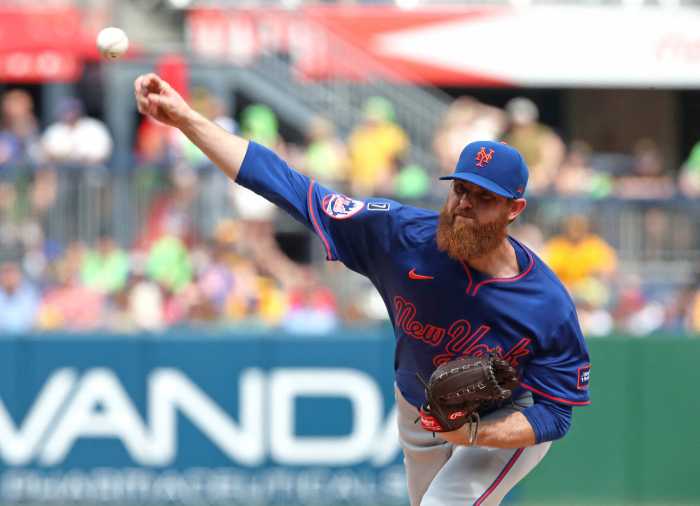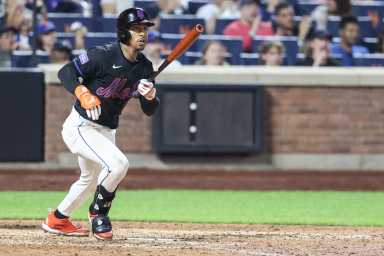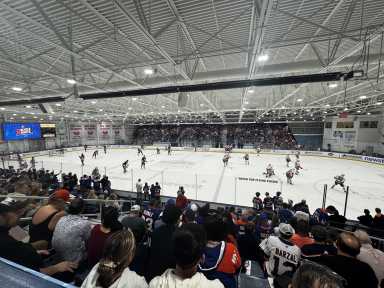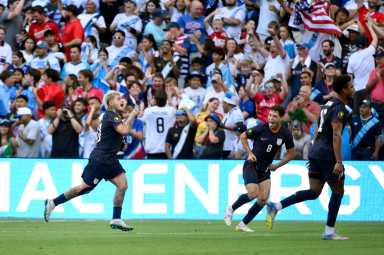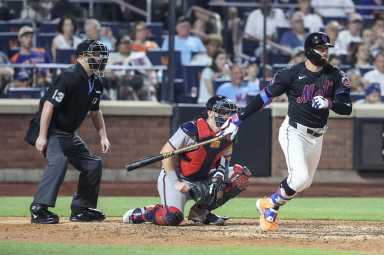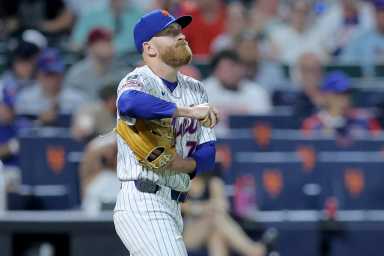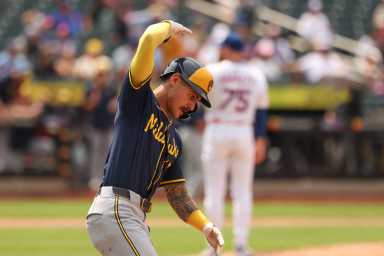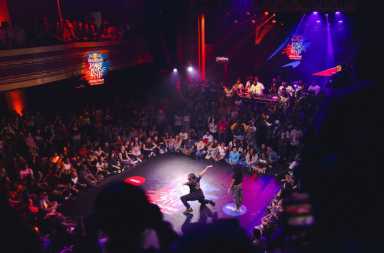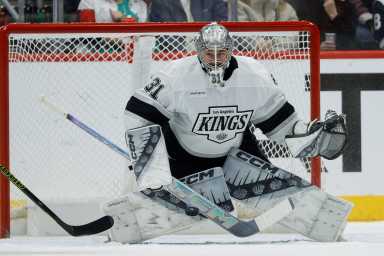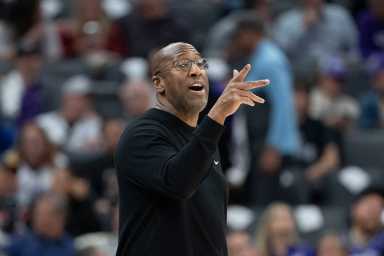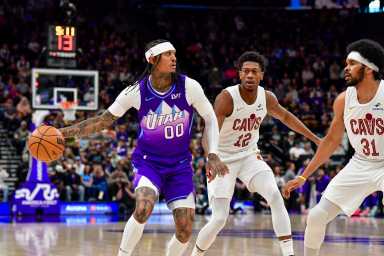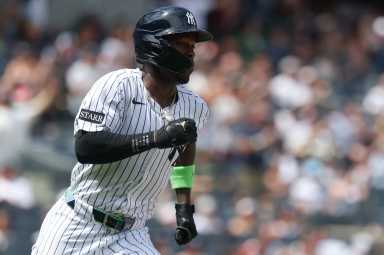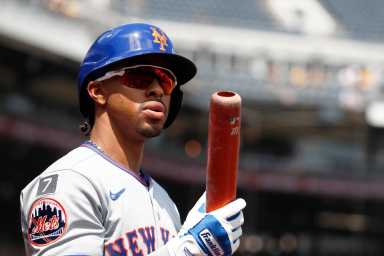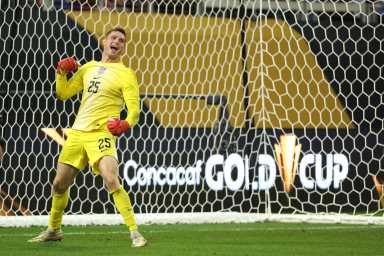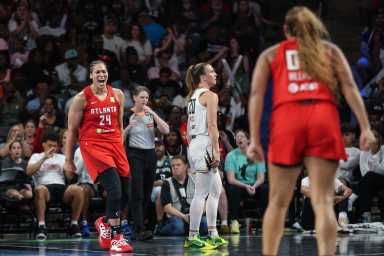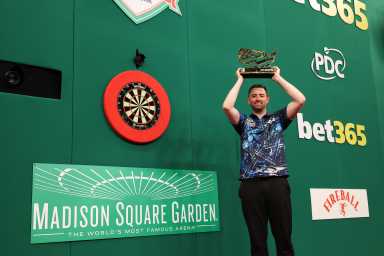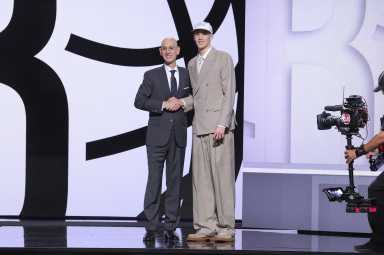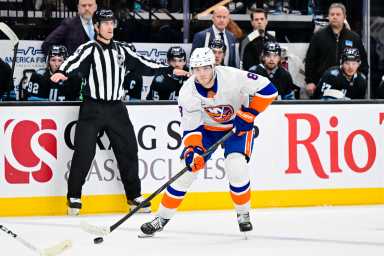Sports
Complete New York sports coverage, including Yankees, Mets, Knicks, Nets, Rangers, Islanders, Giants, Jets, and local college teams. Breaking news, scores, analysis, trades, and schedules from amNY’s sports desk.

Tackle the city, with our help.
Close
News, events, culture and more — delivered to you.
Thank you for subscribing!
Things to do in NYC
Today, 10 am

Tackle the city, with our help.
Close
News, events, culture and more — delivered to you.
Thank you for subscribing!
Things to Do
 Things to do this weekend in NYC, July 4-6
Things to do this weekend in NYC, July 4-6 Things to Do This Weekend with the Kids in NYC
Things to Do This Weekend with the Kids in NYC Macy’s Fourth of July Fireworks Extravaganza: Where to watch the big show this Friday night
Macy’s Fourth of July Fireworks Extravaganza: Where to watch the big show this Friday night Free Kid and Family Activities in NYC: 10 Free Things to Do This Week
Free Kid and Family Activities in NYC: 10 Free Things to Do This Week NYC Public Pools Are Now Open for the Summer Season!
NYC Public Pools Are Now Open for the Summer Season!
Sports
 Top dog: Joey Chestnut returns, wins 17th title at Nathan’s Famous Hot Dog Eating Contest
Top dog: Joey Chestnut returns, wins 17th title at Nathan’s Famous Hot Dog Eating Contest Mets’ injury strikes again as Paul Blackburn, Dedniel Nunez sidelined
Mets’ injury strikes again as Paul Blackburn, Dedniel Nunez sidelined Barclays Center debuts public art honoring 2024 Liberty champions
Barclays Center debuts public art honoring 2024 Liberty champions Mets’ Francisco Lindor relishing All-Star nod after lengthy wait
Mets’ Francisco Lindor relishing All-Star nod after lengthy wait Islanders revive Blue & White Scrimmage, show glimpse of future
Islanders revive Blue & White Scrimmage, show glimpse of future
Crime
 Young Brooklyn gang members indicted for terrorizing neighborhood: ‘Their actions endangered entire communities’
Young Brooklyn gang members indicted for terrorizing neighborhood: ‘Their actions endangered entire communities’ ‘Violent theatre of disappearance’: Pols witness aggressive ICE arrests at federal court
‘Violent theatre of disappearance’: Pols witness aggressive ICE arrests at federal court Fourth of July: NYPD Chief of Department John Chell talks ‘all-hands-on-deck’ approach to Macy’s Fireworks Extravaganza security
Fourth of July: NYPD Chief of Department John Chell talks ‘all-hands-on-deck’ approach to Macy’s Fireworks Extravaganza security Man fatally shot in chest outside Brooklyn home, police say
Man fatally shot in chest outside Brooklyn home, police say Lone wolf attacks remain a concern amid Fourth of July weekend: NYPD
Lone wolf attacks remain a concern amid Fourth of July weekend: NYPD



